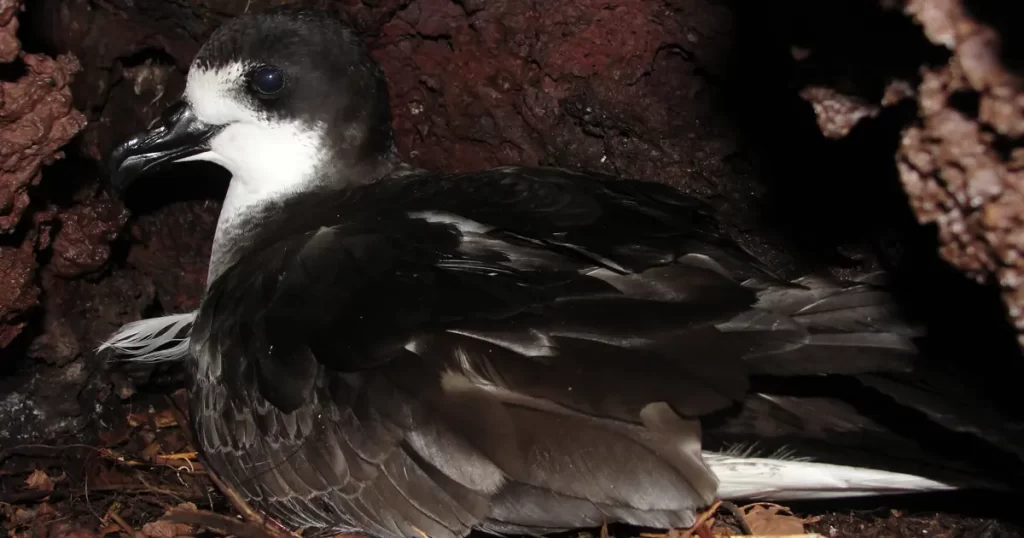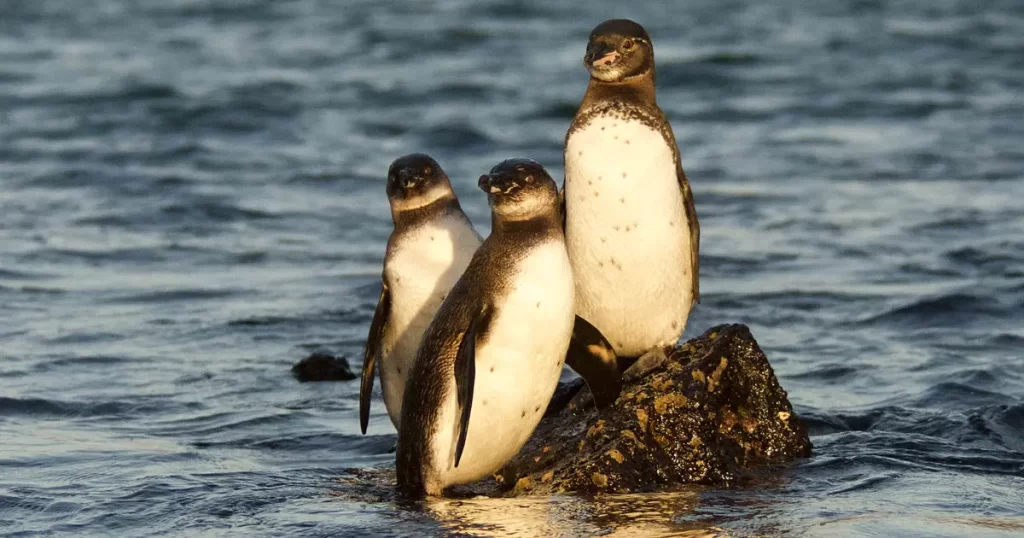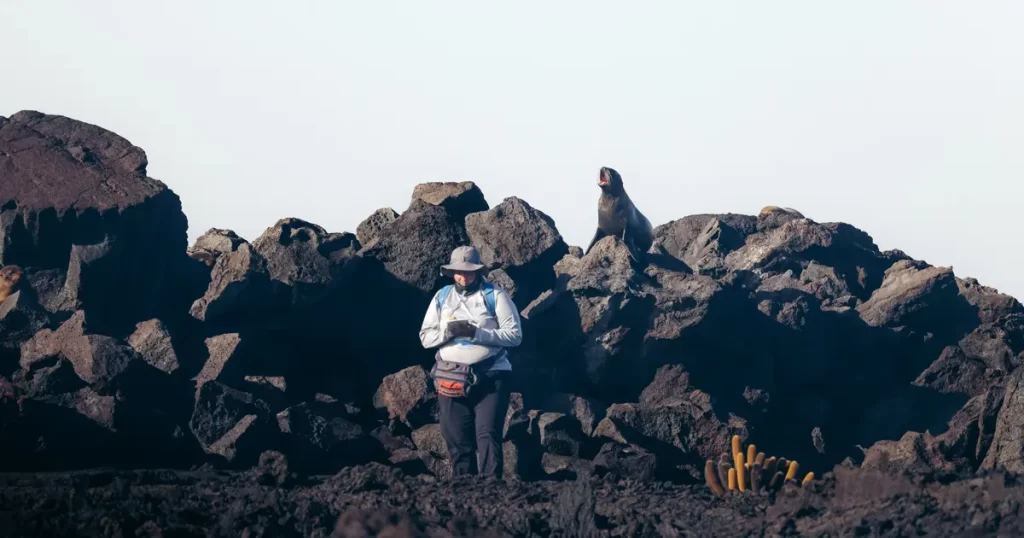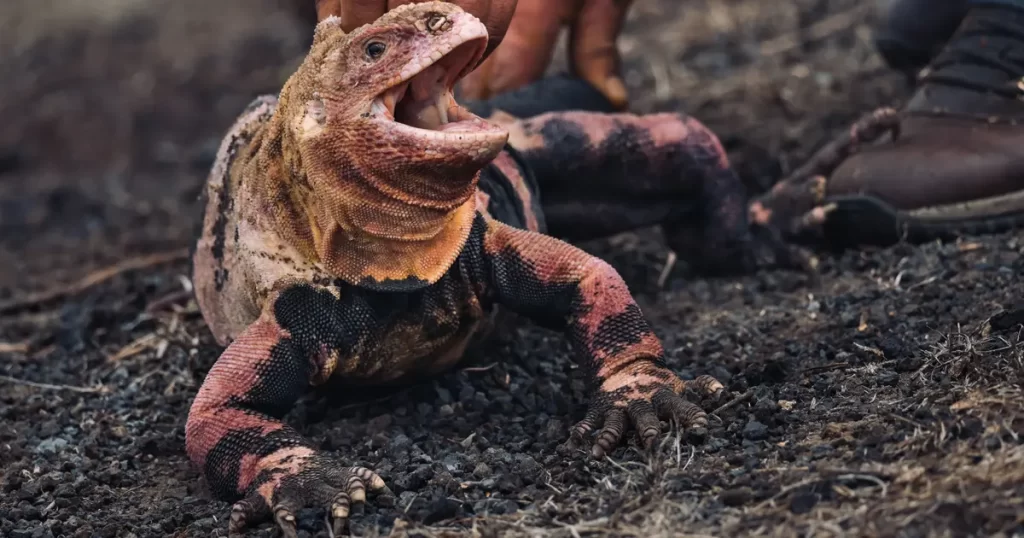Floreana Island
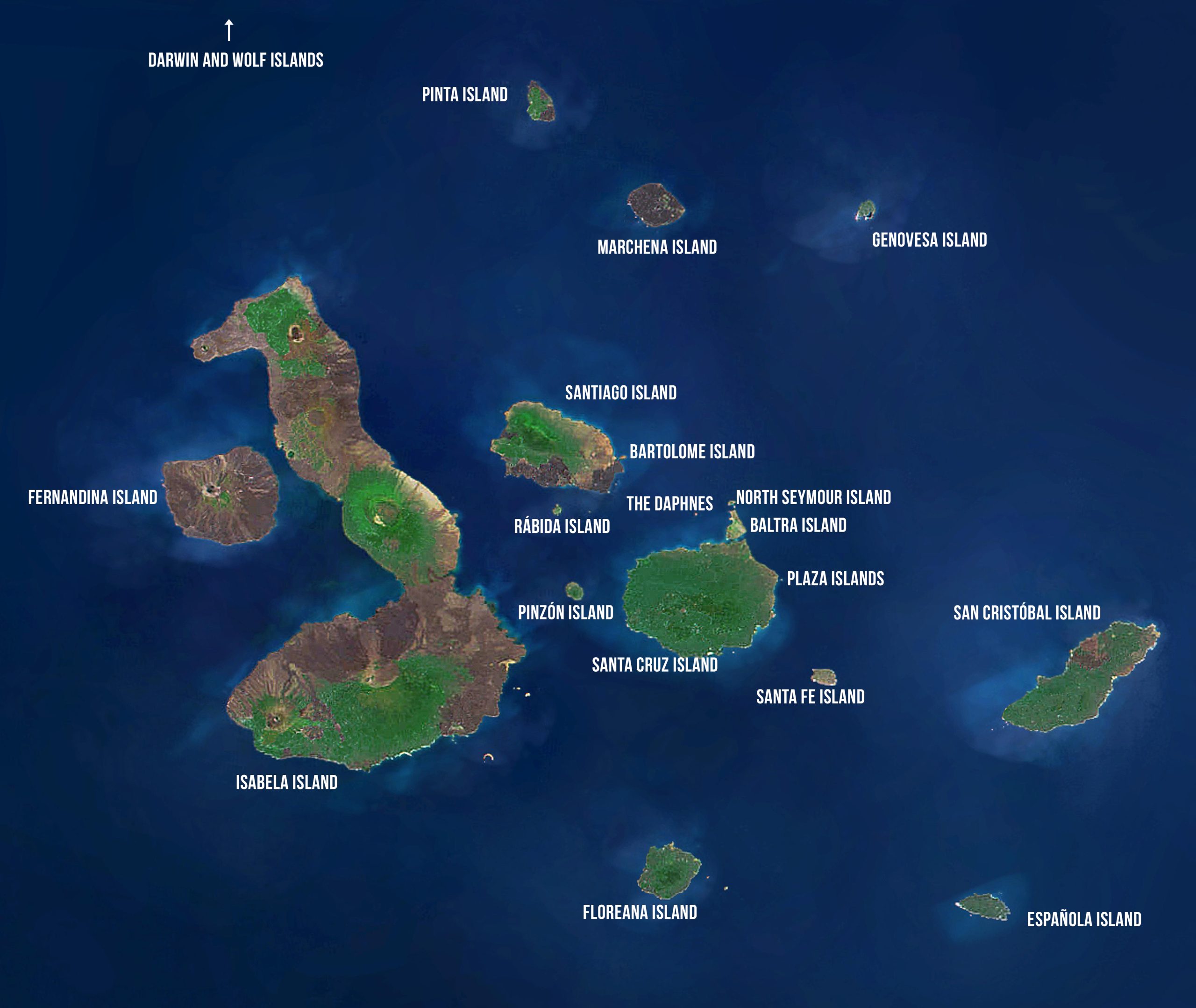
Floreana Island
Area: 173 km2 or 107 mi2
Maximum Altitude: 640 m or 2100 ft
Human Population: approximately 100
HISTORY
Floreana Island has, arguably, the most interesting human history of all of the Galapagos Islands. It is the site of the first “post office”, established in 1793 by whalers, and it was the home to the first Galapagos resident — a bold Irishman named Patrick Watkins who lived there from 1807-1809.
Floreana was the first island to be colonized by Ecuadorians in 1832. It was a penal colony that didn’t last long because of the lack of fresh water. A fish canning plant was established there by Norwegian immigrants in 1924; it lasted only a couple of years. A few years later, Friedrich Ritter, a German doctor, arrived with his female companion Dore Strauch, who suffered from multiple sclerosis. A doctor of holistic medicine, Ritter removed all of his teeth and took with him stainless-steel dentures to avoid any dental complications. Together, they set up a very successful garden and lived off the land.
A pregnant Margret Wittmer arrived in 1932, with her husband Heinz and her step-son Harry. They built a house and also established an agricultural lifestyle before giving birth to their son Rolf, the first person to be born in Galapagos.
Floreana is most well-known for being the site of several mysterious disappearances in the 1930s—the one receiving the most attention being that of a supposed Austrian baroness, who had arrived shortly after the Wittmers with her three servants. Read more about Floreana’s intriguing history.
TODAY
The majority of Floreana residents make their living by farming. The main water source for Floreana is a natural pond that fills up with rain water during the rainy season; during droughts water problems can become quite serious for the population. Transportation to and from Floreana is very limited, with a boat from Santa Cruz Island arriving, on average, every two weeks.
CONSERVATION CHALLENGES
Of all the Galapagos Islands, Floreana is the one most altered by the presence of humans and invasive feral goats. The goats and some other invasive herbivores were completely removed by the Galapagos National Park in 2007, but a devastated landscape no longer fit to sustain Floreana’s native wildlife was left in their wake.
Conservation work is now focused on restoring healthy populations of Galapagos racers (snakes), hawks, barn owls, rails, three species of finch, and most notably, the Floreana Mockingbird. Now extinct on the main island of Floreana, the Floreana mockingbird can only be found in two small populations located on two small satellite islands off the coast of Floreana.
Conservation efforts are also focused on educating the local human population on sustainable methods of agriculture, solid waste management, and collecting and filtering drinking water.
City: Puerto Velasco Ibarra
Approximately two-thirds of Floreana’s 100 residents live in the port town; the remaining one third live in the volcanic highlands. The Pension Wittmer, run by the Wittmer family, descendants of one of the first families to live in Galapagos, is the only hotel and it boasts the only telephone on the entire island. This small hamlet also has a newly-built church and one school with two teachers. There are currently no restaurants or bars.
Visitor Sites
Cormorant Point
This site offers two contrasting beaches: the first is a green sand beach, made green by the presence of olivine crystals, and the second is Flour Beach, made of fine, pulverized coral. The main highlight at this visitor’s site is the flamingo lagoon, where visitors can watch Galapagos Flamingoes wade through brackish water, sifting through the mud for shrimp. Pintail ducks, stilts, Large-billed Flycatchers, several species of finch, and many other shorebirds can also be seen here. Visitors can take a short walk over a hill to Flour Beach where Green Sea Turtles nest and several species of rays glide through the shallow shoreline waters. Cormorant Point has a greater diversity of plants than most other areas, including some endemic to the Point and surrounding areas.
Post Office Bay
This is one of the few visitor sites in Galapagos where human history is the main focus. A group of whalers placed a wooden barrel here in 1793 and called it a post office. Traveling seamen would leave addressed letters in the barrel and hope that the next seamen to come along might be headed in the direction of their letters’ destinations. Today, visitors leave their own postcards and sift through the current pile of cards—if they find one that they can hand-deliver, they take it with them. This area was also the site of a failed colonization effort by Norwegians in 1926. A short walk from the Post Office Barrel leads to a lava tube, which visitors enter by descending a ladder. The trail inside the dark lava tube extends for several hundred yards (bring a flashlight!).
Highlands – Cerro Alieri and Asilo de la Paz
Visitors who disembark in Puerto Velasco Ibarra can travel to the highlands by vehicle to visit two additional sites. The first, Cerro Alieri, is approximately a 15-minute ride from port. This site is of most interest to those who enjoy the plants of Galapagos. Over 48 different species have been identified here, 56% of which are native and 33% endemic. In addition, this is the site of a major conservation program for a critically endangered plant, Linum cratericola. It was believed extinct until it was reencountered by scientists and park wardens in 1997.
The second site, Asilo de la Paz, is a 45-minute ride from town. It is primarily an historical site where visitors can view the cave of the pirates and the fresh water spring that is the main source of water for the population. Both are located at the base of Asilo de la Paz, a 450-m high cone. A nearby corral contains the various giant tortoises that were originally owned by residents of Floreana.
Marine Sites
Devil’s Crown
Devil’s Crown is a volcanic crater that has been eroded away by the waves, with a few rocky spikes protruding above the water in a semicircular pattern. Inside the crown, snorkelers find an underwater oasis of coral reefs and the marine species that are attracted to them, such as playful sea lions, colorful King Angel Fish, Balloon Fish, hawkfish, Yellowtail grunts, Tiger Snake Eels, White-tipped Sharks, Eagle Rays, amberjacks, wrasses, Hammerhead Sharks, and sea turtles. The rocky remains of the volcano create a haven for seabirds such as boobies, pelicans, and frigatebirds. Red-billed Tropicbirds nest in the crevices. The water is a bit rough and the current is strong. Strong swimmers can swim through a tube on the western side (approximately 4-5 m down) and come out on the other side.
Enderby, Champion, Watson, and Gardner Islets, and The Bottle
Four islets to the east and southeast of Floreana provide good opportunities for viewing sea turtles, sea lions, and a high diversity of fishes. A large quantity of sharks can be observed at Enderby Islet. Diversity of fishes is high. Dinghy rides around Gardner Islet provide the visitor with views of interesting rock formations and large caves.
Conservation Stories
Galapagos Petrel
The most intensive study and restoration of a Galapagos petrel colony was carried out at Cerro Pajas in the highlands of Floreana. The work began in the early 1980s and continues today with park wardens regularly controlling introduced species (primarily cats and rats) during the nesting period of these seabirds. These efforts have resulted in a significant increase in the number of birds fledging and the overall population.
Floreana Mockingbird
When Charles Darwin visited the islands in 1835, he discovered and participated in the description of the four endemic mockingbird species. Today, three of the four species are on the Red List for birds, with the Floreana Mockingbird (N. trifasciatus) considered Critically Endangered. Champion and Gardner-by-Floreana, the last refuges for the Floreana Mockingbird, are two small, pristine islets. The current population on Champion (the smaller of the two islets) fluctuates between 20-40 individuals, while Gardner-by-Floreana maintains a population of 60-80 birds. Annual fluctuations in abundance are dependent upon precipitation. With an overall population of fewer than 100 individuals, the probability of an ecological disaster is extremely high. If there is not an immediate and concerted effort to effectively manage and protect the Floreana mockingbird, it may become the first bird species in the Galapagos Islands to reach extinction.
To ensure that the mockingbird populations survive in these refuges, the Charles Darwin Foundation completes an annual census to determine the size and health of the population and to highlight any trends, both positive and negative. These annual visits also ensure rapid discovery of new threats, such as the introduction of invasive species or disease. Results from these annual visits can then be quickly incorporated into the management program of the Galapagos National Park. In addition, there are plans to repopulate Floreana with the Floreana Mockingbird as part of the Floreana Restoration Project.
